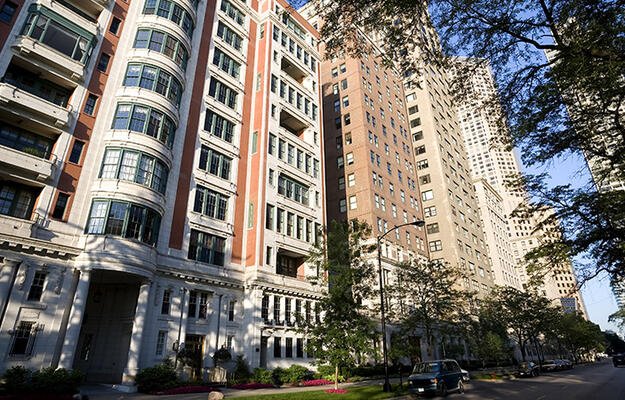
James Andrews, Getty Images
How Housing Code Enforcement Shapes Stability and Access to Safe Homes
- Title:
-
Code Enforcement as a Tool for Safe, Equitable & Affordable Housing
- Author:
-
Andrew J. Greenlee, Sharon Legenza, Mare Ralph, Emma Walters
- Source:
- Publication Date:
-
2025
Although enforcement is intended to uphold housing standards, resource constraints and significant discretionary power among enforcement officers can lead to uneven outcomes. This study explores how local code enforcement policies and practices shape housing stability and access to quality living conditions.
The study analyzed housing code enforcement practices in five midsize Illinois cities and Chicago, exploring challenges in current enforcement models and identifying opportunities for reform. The research team conducted a multiphased study that blended the typology-based case study approach from the Cities RISE framework with the Community Voice Method, which uses documentary-style videos to capture stakeholder stories and facilitate dialogue among a diverse group of code enforcement stakeholders.
Key findings
- This study found that neighborhoods in low-income areas, particularly those with large populations of people of color, tend to have more code violations. Without the necessary resources to address the root causes, these communities often become trapped in a cycle of repeat violations, which can lead to housing loss through condemnation, demolition, or rent increases tied to mandated repairs.
- The report also highlights that weak penalties for negligent landlords make it harder to improve housing conditions.
- Code enforcement agencies often lack sufficient funding, staff, and strong measures to hold negligent property owners accountable. When landlords face little to no consequences for noncompliance, they’re less likely to make needed repairs, which only worsens housing quality.
- Code enforcement tends to focus more on reducing blight and maintaining property values than on ensuring homes are truly safe and healthy. As a result, serious interior issues like mold, leaks, and electrical hazards are often overlooked by the code enforcement system, even though they have a direct impact on residents’ well-being.
Recommendations
- Local governments could strengthen landlord accountability through tougher penalties and rental licensing programs to ensure safe, healthy housing.
- Code enforcement agencies could prioritize fairness in enforcement practices to avoid disproportionately targeting communities in low-income areas and communities of color.
- State and local governments could increase funding, staffing, and training for code enforcement agencies to support proactive inspections and better enforcement.
- Social service organizations and housing support providers can connect with code enforcement efforts to help tenants and landlords address underlying issues that lead to violations.
- Policy makers and housing advocates can implement standardized data tracking for code violations to identify patterns, improve accountability, and inform better housing policies.


